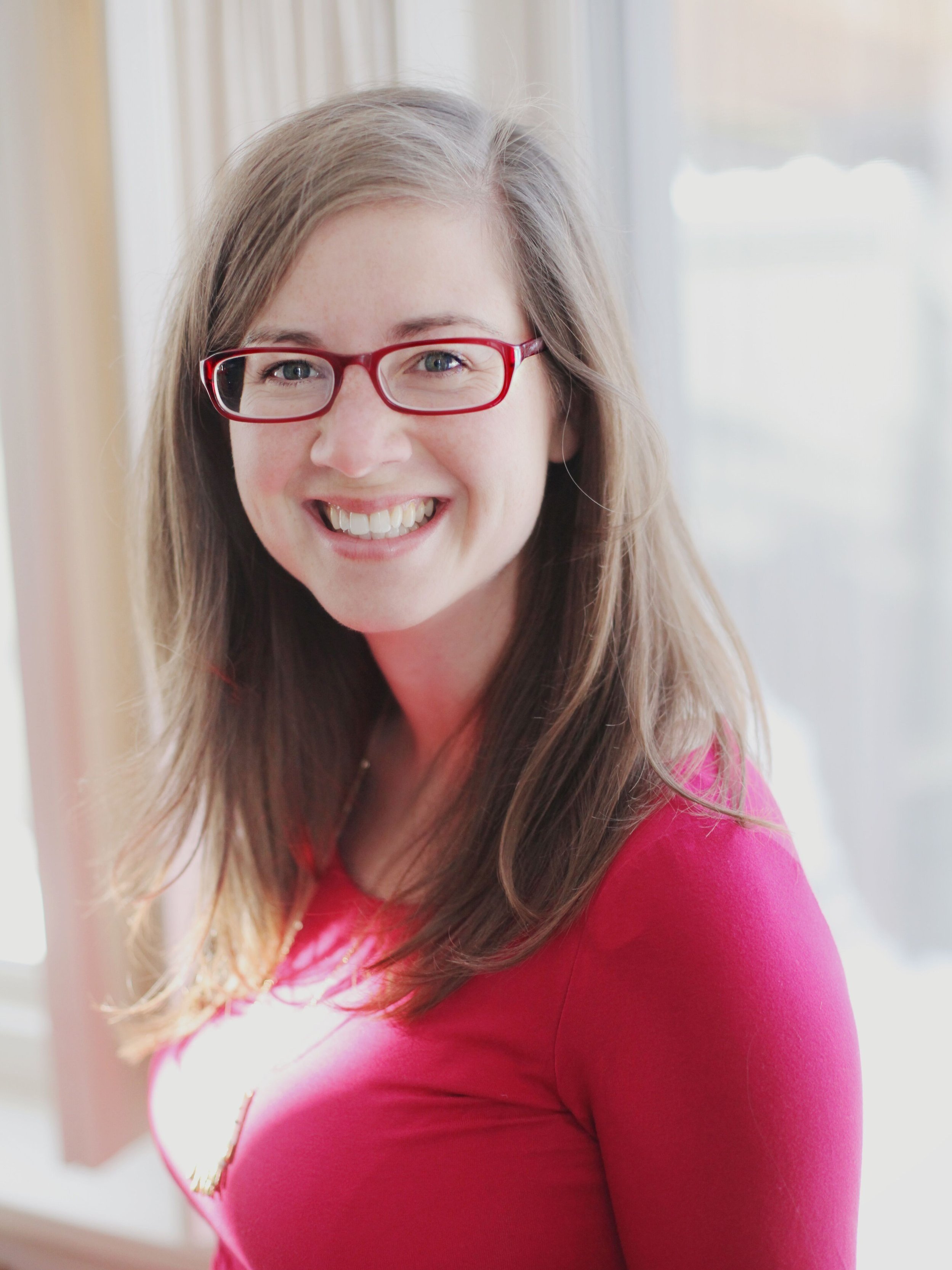By Carolyn Davis
One of the great gifts in my life is a small group of friends from my university days, which includes the inimitable Anne Harding. Together we’ve uncovered our professional paths, forged loving families, navigated the early years of raising children, and held one another through joy, grief, and back again. And so, when after a lovely snowy walk on Nose Hill a few weeks ago, she asked me to share an experience I am having weaving western and Indigenous ways of thinking, I said yes.
I work with Momentum, a change-making organization that acts as a bridge between social and economic perspectives. We walk alongside people experiencing low income as they build assets and move closer to a sustainable livelihood. Momentum has been at this work in Calgary and beyond since 1991, guided primarily by Western-style ‘strategic plans’.
In 2015, we were becoming more aware that our approaches - while intended to be broadly inclusive - may have been missing the mark with Indigenous learners, and so with the support of Indigenous advisors, we developed our first Indigenous Engagement strategy. This strategy, held within a bundle and ‘made official’ through ceremony, sits in a place of pride at our building entrance next to a large mural by artist Keegan Starlight that serves as a visual land acknowledgment for all who arrive in our space. Seven years later we have dedicated Indigenous programming, Indigenous staff members, and many meaningful relationships from which to draw strength. But we aren’t “only” an Indigenous-serving organization. We work with all who experience low income, from any background.
Against this backdrop, my colleagues and I are guiding an evolution of our organization’s strategy. How might we guide our strategy process in a way that incorporates Indigenous perspectives, results in a final product that our varied stakeholders feel part of, and doesn’t overreach into cultural practises that don’t belong to us?
In the design phase, we considered our desire to engage Momentum’s diverse community in meaningful ways, build connections, and be informed by the changing world around us. We wanted to balance creativity and rigour, and leave room for experimentation. A successful process would also grow our capacity to be adaptive and nimble—we have fared reasonably well through the pandemic and seek to maintain and grow our resilience.
If that’s not enough, we were curious about lessons from a course about the Four Seasons of Reconciliation, introduced to us by Tim Fox with the Calgary Foundation. Moving through activities such as planting, celebration, harvest and rest felt intuitive, and aligns well with Momentum’s long-standing value of sustainability. The course taught us that we could incorporate these concepts loosely—our timeline doesn’t need to match Mother Earth’s exactly.
After a summer of trying on ideas it became clear that there is indeed alignment between what matters to Momentum and to Indigenous people and communities within our network. The resulting process is a blend: We have adopted a structured design framework from IDEO, wrapped in relationship-rooted consultation with stakeholders and broader community—those who may not have a stake but certainly have insight to help advance our mission. Many of these conversations are happening in person, on Treaty 7 land, with both Indigenous and non-Indigenous folks. Many of our strategy gatherings start with simple mindfulness exercises such as looking out a window, taking a deep breath, or giving thanks for the food we are eating.
By emphasizing shared values of rooted relationships, inclusion of many voices, and working with the land and her limits, we trust we will finish with a process that works for many and still has the rigour that an organization of our complexity requires to remain healthy and effective into the future.

